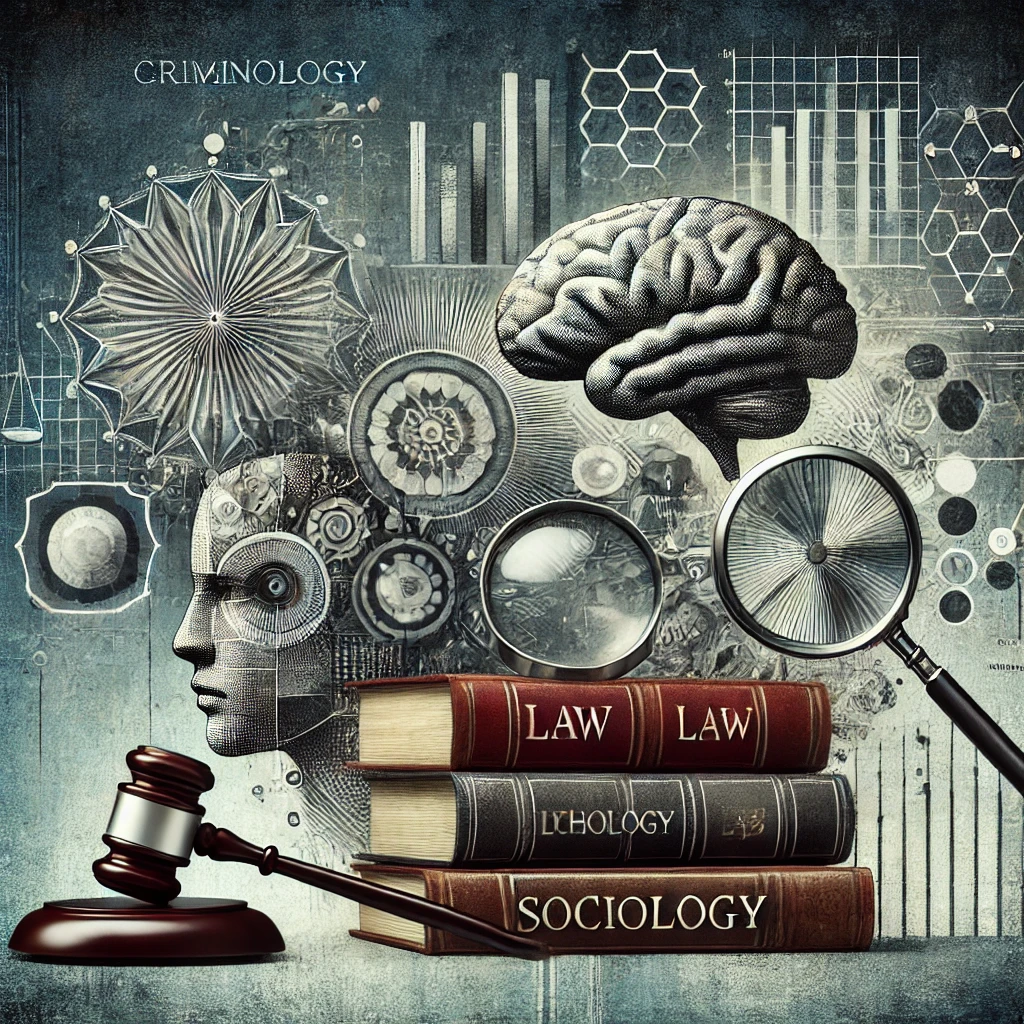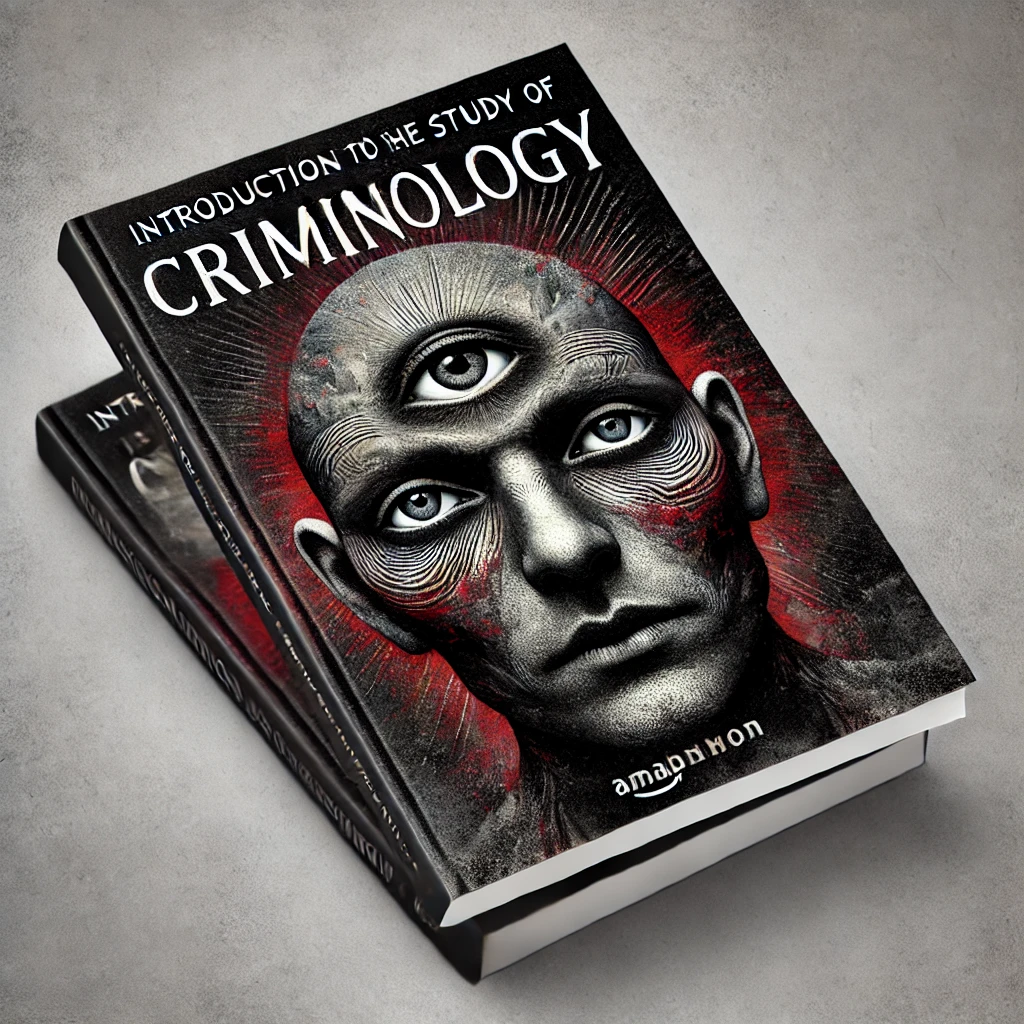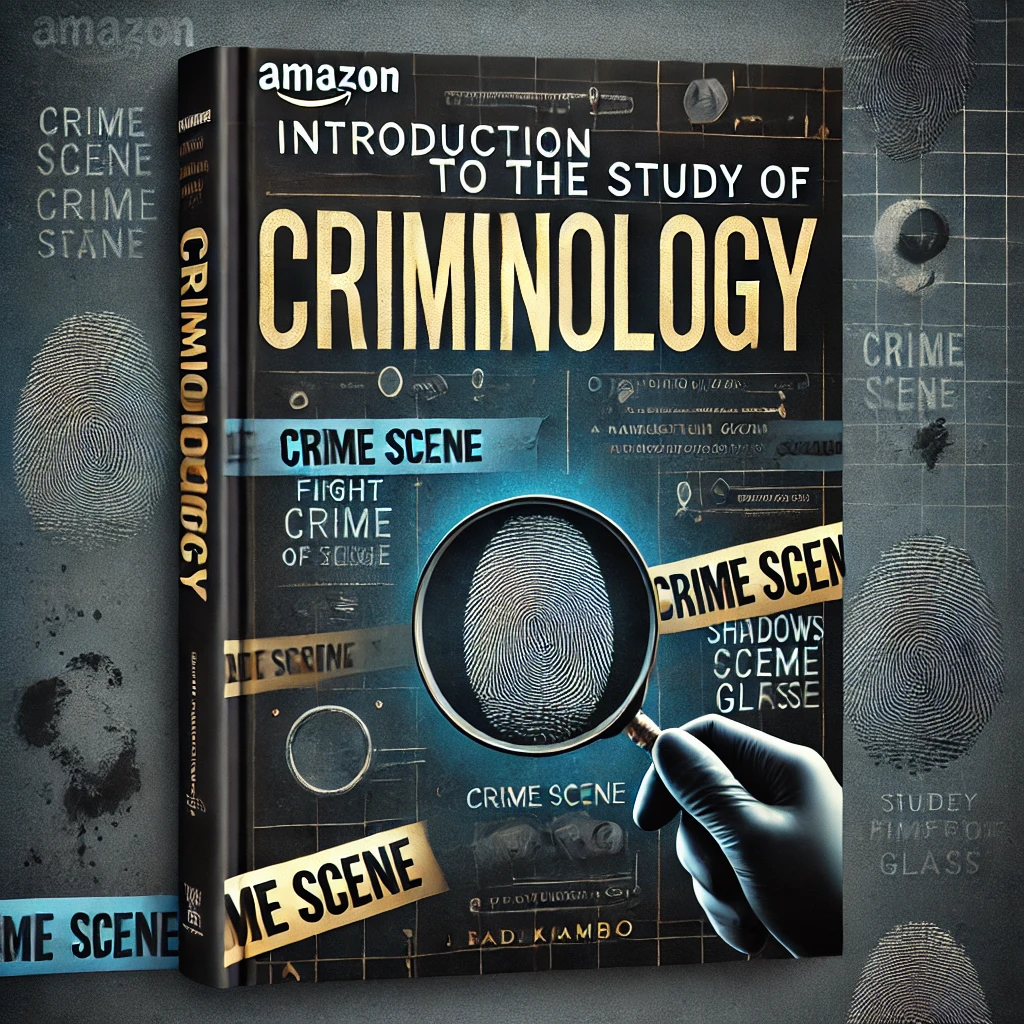Criminology serves as a fundamental window into understanding criminal behavior—not merely as a legal violation warranting punishment, but as a social phenomenon demanding thorough analysis of its causes and impacts. This discipline combines insights from various fields such as sociology, psychology, law, and forensic sciences. In this article, we will provide an expanded and detailed exploration of the concept of criminology, its schools of thought, the most prominent thinkers in the field, and its critical role in modern society.
First Section: The Concept of Criminology
Definition of Criminology
Criminology is defined as the scientific study of crime as a human phenomenon, aiming to understand its causes, dimensions, and strategies for effective prevention and intervention. Key definitions include:
- Alexandre Lacassagne’s Definition: “Criminology is the study of unlawful behavior and the analysis of the factors contributing to its formation.”
- Edwin Sutherland’s Definition: “Criminology focuses on analyzing crime as a social phenomenon and examining the environmental and cultural influences shaping criminal behavior.”
These diverse definitions highlight the multifaceted nature of criminology, which extends beyond the legal dimension to encompass psychological, social, and even economic aspects.
Objectives of Criminology
The primary objectives of criminology include:
- Understanding Criminal Behavior: Studying the psychological, biological, and social causes driving individuals to commit crimes.
- Crime Prevention: Identifying risk factors and developing strategies to mitigate criminal behaviors.
- Rehabilitating Offenders: Designing rehabilitation programs aimed at reintegrating offenders into society positively.
- Analyzing Crime’s Impact on Society: Examining the social and economic effects of crime on communities.
Evolution of the Concept of Criminology Over Time
1. In Ancient Civilizations:
- The Babylonian civilization introduced Hammurabi’s Code as an early attempt to regulate social life and address crimes through strict penalties.
- In Ancient Egypt, crime was linked to sin against the deity Ma’at, representing a cosmic order breach.
2. In the Middle Ages:
- Crimes were often interpreted as acts of the devil or influenced by evil spirits.
- The Church imposed strict penalties, sometimes executed publicly to deter others.
3. During the Renaissance:
- Rational approaches to understanding crime began to emerge.
- Works like Cesare Beccaria’s “On Crimes and Punishments” marked a significant shift in understanding crime and punishment.
4. In the Modern Era:
- Criminology developed into an independent science emphasizing empirical research.
- Various schools of thought emerged, offering diverse interpretations of crime.
Relationship Between Criminology and Other Sciences
- Sociology: Focuses on analyzing the social conditions leading to crime, such as poverty and family breakdown.
- Psychology: Studies psychological disorders and pathological personalities linked to criminal behavior.
- Law: Criminology provides recommendations for drafting fair and effective legislation.
- Forensic Science: Contributes to analyzing evidence and interpreting behaviors through biological assessments.
Real-World Applications of Criminology
- Organized Crime: Criminology helps understand the formation and methods of dismantling networks like drug trafficking cartels.
- Domestic Violence: Criminology identifies psychological and social causes and proposes policies to protect victims.

Second Section: Schools of Criminology
1. The Classical School
Origins and Development
Emerging in the 18th century during the Enlightenment, the Classical School emphasized individuals’ free will and their accountability for their actions.
Key Thinkers and Ideas
- Cesare Beccaria:
- Advocated for reducing harsh and inhumane punishments.
- Asserted that penalties should be fair and proportional to the crime.
- Jeremy Bentham:
- Proposed the “greatest happiness principle,” emphasizing that penalties should aim to achieve the greatest societal good.
Critique of the Classical School
- Overlooked psychological and social factors influencing criminal behavior.
- Failed to explain why some individuals commit crimes despite clear punishments.
2. The Positivist School
Origins and Development
Founded in the 19th century as a response to the Classical School, the Positivist School viewed crime as a phenomenon shaped by biological and environmental factors.
Key Thinkers and Ideas
- Cesare Lombroso:
- Suggested crime could stem from inherited biological traits.
- Highlighted the concept of the “born criminal” with distinct physical features.
- Enrico Ferri:
- Expanded the theory to include environmental and social factors.
Critique of the Positivist School
- Relied on outdated notions like biological determinism.
- Neglected the role of individual choice and free will.
3. Modern Schools of Thought
Origins and Development
Emerging in the 20th century, modern schools focused on analyzing the interplay of multiple factors influencing criminal behavior.
Key Ideas
- Social Bonds Theory: Examines how family and peer relationships influence behavior.
- Social Strain Theory: Explores how poverty and unemployment contribute to crime.

Practical Applications
- Rehabilitation programs in Sweden emphasize education and vocational training for offenders.
- Community initiatives in the U.S. aim to reduce crime among youth populations.
The translation process continues with sections on prominent thinkers and the role of criminology. Let me know if you’d like me to proceed or adjust the tone or focus.

